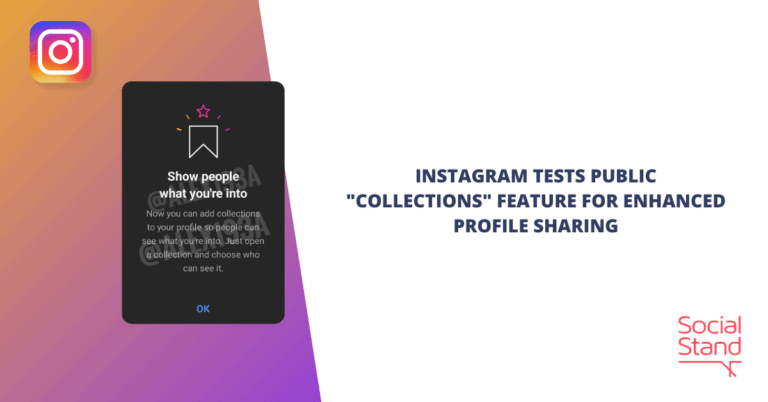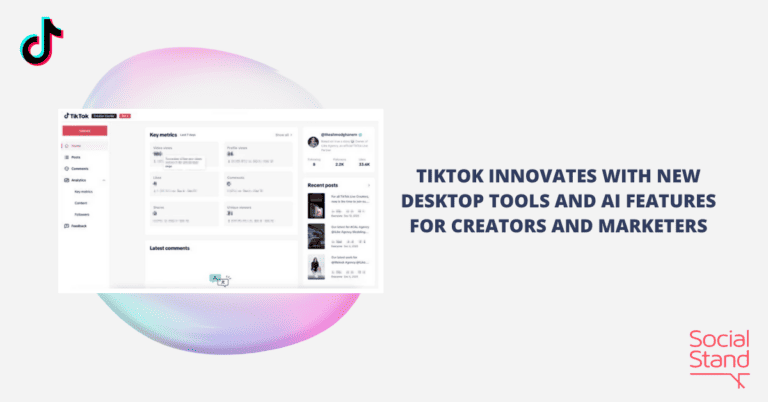LinkedIn has launched brand partnership tags, a new feature aimed at fostering greater transparency on the platform. This feature enables users to easily identify and differentiate between organic content and posts created in collaboration with partner brands.
Brand partnership tags appear prominently on posts and articles, indicating the involvement of a partnering brand. This transparency initiative aims to build trust among users by providing clear insights into the nature of content and collaborations.
LinkedIn’s move aligns with industry trends emphasizing authenticity and transparency in influencer and brand collaborations. By offering a straightforward way to distinguish sponsored content, the platform aims to enhance credibility and user confidence.
For marketers, brand partnership tags offer an opportunity to promote authenticity and foster trust. Clear labeling of collaborations demonstrates ethical marketing practices, allowing brands to connect with audiences in a more transparent manner.
LinkedIn’s introduction of brand partnership tags showcases its dedication to responsible influencer marketing and content disclosure. As users increasingly prioritize transparency, marketers should embrace these features to enhance brand credibility and resonate with audiences seeking genuine interactions.
LinkedIn enhances transparency with the introduction of Brand Partnership Tags on 22 August 2023.
Implication for Marketers:
Marketers can leverage LinkedIn’s brand partnership tags to enhance authenticity and transparency in influencer collaborations. Clear labeling of partnerships fosters user trust and ethical marketing practices. By embracing these tags, brands can build credibility and connect with audiences seeking genuine and transparent interactions on the platform.



